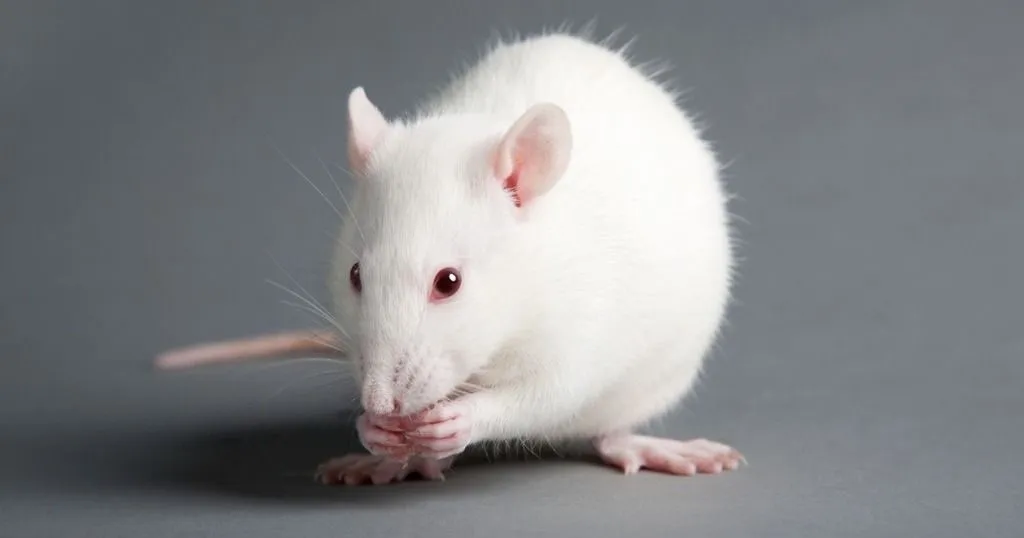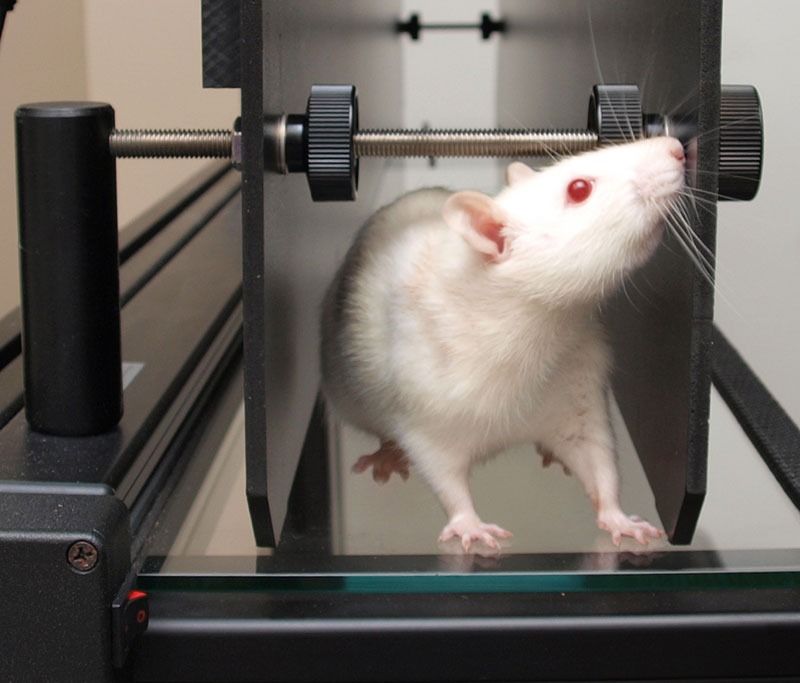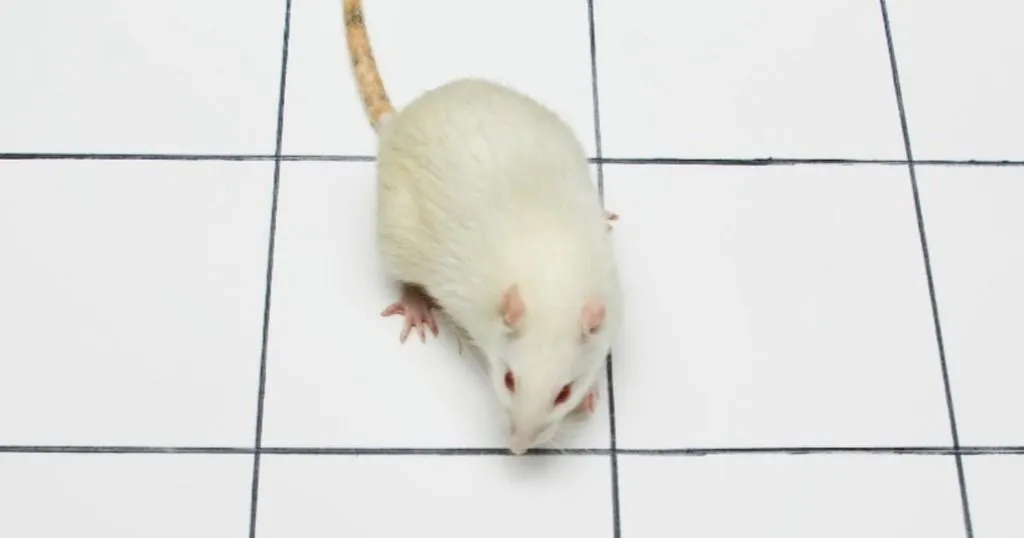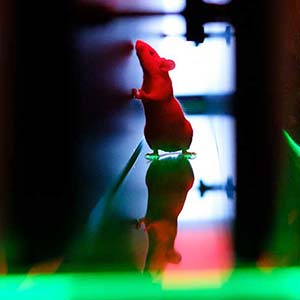Using gait analysis to analyze Parkinson’s in rat model
Contrary to common methods, gait analysis can detect clinically relevant symptoms early on, researchers say.
Posted by
Published on
Thu 28 Jun. 2018
Topics
| CatWalk XT | Gait | Gait Analysis | Parkinson's Disease |

We all know Parkinson’s as the neurodegenerative disorder that affects mobility in a life-changing way. The slow movement, shuffling of the feet, and difficulties initiating movement are all bradykinesia signs that we recognize as typical for this disease.
Clinically relevant symptoms
So, why do most commonly used behavioral tests in animal research on Parkinson’s disease (PD) not actually assess behaviors that resemble these symptoms? That is what Jordi Boix and his colleagues from the University of Auckland in New Zealand asked themselves.
Parkinson’s model in rats
In their study, which was recently published in Frontiers in Behavioral Neuroscience, the researchers used two rat models of PD to investigate a number of gait parameters in hopes to find resemblance to human PD symptoms, and to specifically find them early on.
The rat model used in this study was a 6-OHDA lesion model as is common in many PD studies. Injection of 6-OHDA causes degeneration of the dopaminergic system causing effects in the brain similar to those observed in PD. The severity of the symptoms depend on the location of the injection, as it clinically does depending on the location of the cell death.

In this study, placing this lesion in either medial forebrain bundle (MFB) or in the striatum resulted in two models with differing severity of symptoms. The MFB lesion had much more devastating effects.
Gait analysis method
To measure a range of gait parameters, the researchers used CatWalk XT gait analysis. Before each session, the animals were pre-trained. In combination with use of a goal box and some Cocopops®, this resulted in the collection of enough straight runs along the 70 cm glass plate to accurately acquire and assess gait and footprint parameters.
Parameters range
Using CatWalk XT, Boix assessed 21 gait parameters. General parameters such as average speed, but also dynamic paw parameters (stand phase, swing phase, etc.), coordination parameters (print position, phase dispersion, etc.), and static parameters like print area were measured.
Bradykinesia
The greatest impact the 6-OHDA lesion had was on average walking speed and cadence. Especially in the MFB lesion group, almost all gait disturbances the subjects showed paralleled human PD symptoms. Moving slowly in combination with reduced cadence and the altered swing phase reflected bradykinesia.
Also, the altered stand index, stride length, and print position mimic the typical small steps shown in PD patients.
Gait analysis as reliable method
Boix and his colleagues found gait analysis to be a reliable method for the detection of motor deficiencies relevant to PD. Particularly, it allowed for early detection, some as early as one week after the lesion was applied.
As the symptoms closely resemble clinical symptoms, the use of gait analysis can provide a valuable tool in the development of future therapeutic strategies for PD.
References
Boix, J.; von Hieber, D.; Connor, B. (2018). Gait Analysis for Early Detection of Motor Symptoms in the 6-OHDA Rat Model of Parkinson’s Disease. Frontiers in Behavioral Neuroscience, 12, 39.
Interested in reading more about CatWalk XT studies?
Related Posts

Side effects of L-DOPA investigated in parkinsonian rats

Part 2: How researchers use the Morris water maze to find treatments for AD

